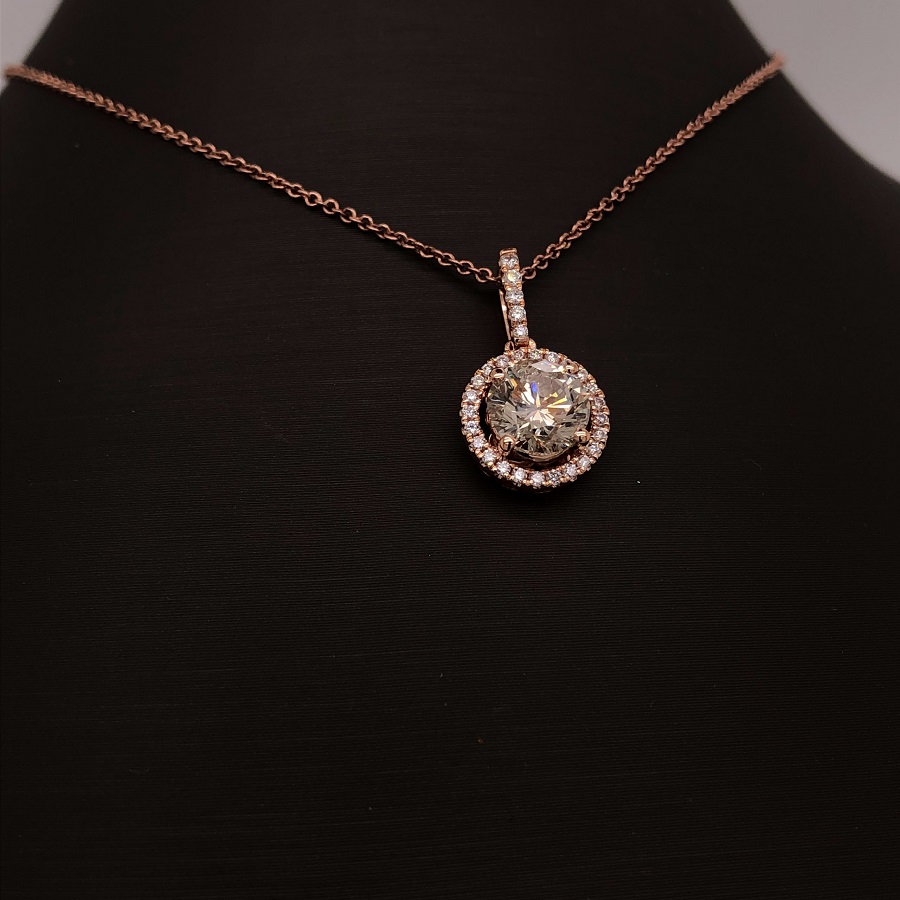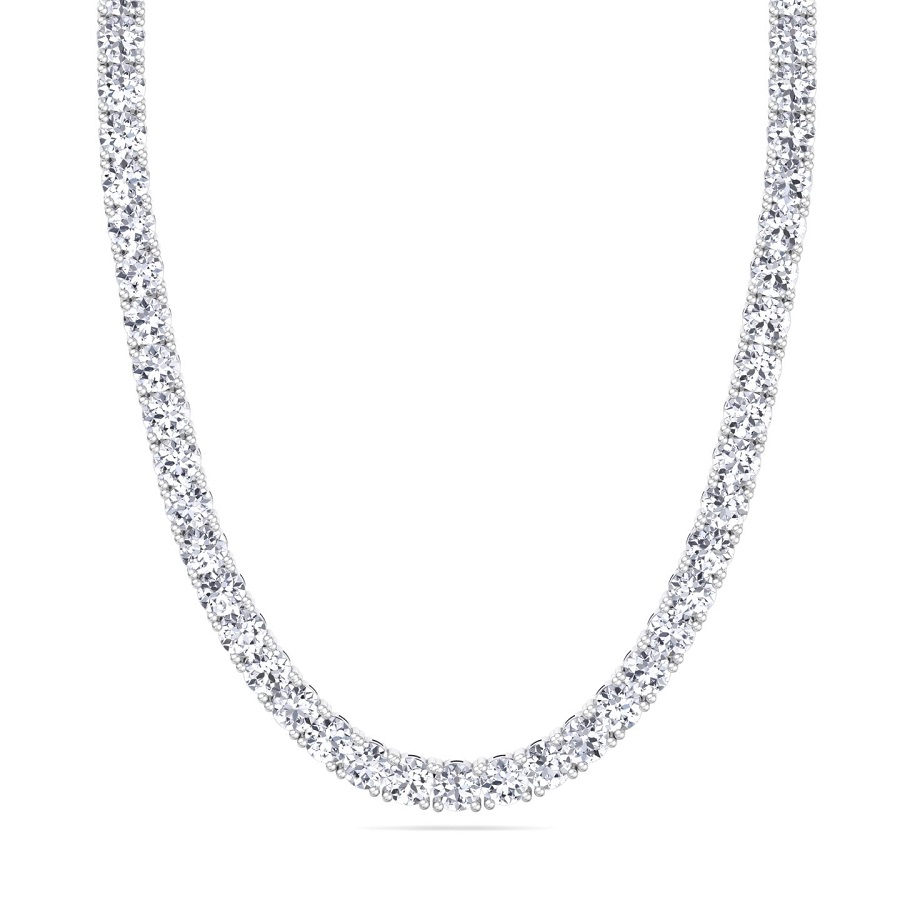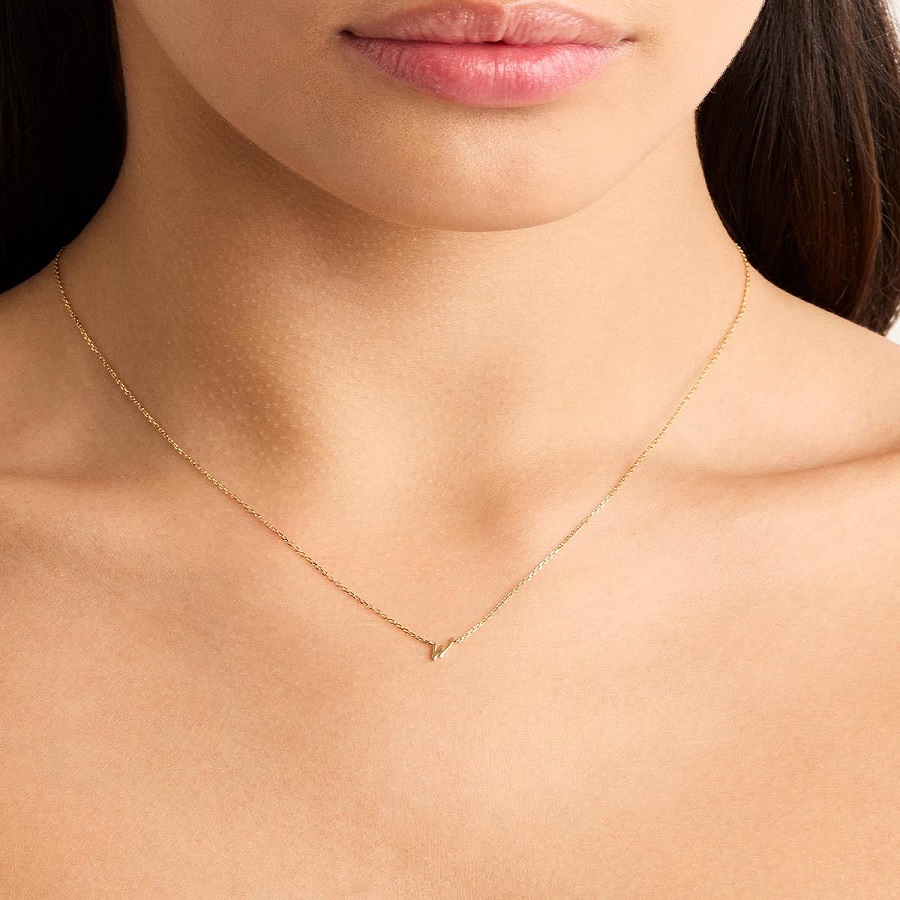Earrings are a popular form of self-expression. They can be simple or fancy, small or large. They add to your look and can be very stylish. But, if you have just gotten your ears pierced, you might wonder when you can change your earrings. Knowing this is important because changing your earrings too soon can lead to infections and other problems.
The Healing Process
Initial Phase
The first phase of healing is crucial. Right after getting your ears pierced, your body starts the healing process. This phase typically lasts for at least six weeks. During this period, it is important not to change your earrings. Your body is trying to create a new “route” through the skin and cartilage. This period can vary based on several factors including the type of piercing. Earlobe piercings heal faster compared to cartilage piercings.
Mid-Healing Phase
After the initial six weeks, the piercing may look healed from the outside. However, the internal tissue is still mending. At this point, some people may feel tempted to change their earrings, but it’s not advisable. During the mid-healing phase, which can last from six weeks to three months, you should still avoid changing your earrings. This phase involves the closing of the piercing channel, and any disruption can lead to complications.
Full Healing Phase
Complete healing happens anywhere between six months to a year. For some people, it might take even longer. During this phase, you can start thinking about changing your earrings. However, make sure to consult with a professional. They can check your ears and give you informed advice.
Factors Affecting Healing
Type of Piercing
The type of piercing significantly affects the healing time. Earlobe piercings generally take less time to heal, approximately six to eight weeks. Cartilage piercings, on the other hand, can take several months to a year to heal completely.
Hygiene
Keeping the piercing clean is crucial. Poor hygiene can lead to infections and slow down the healing process. Use a saline solution to clean the area around your earrings. Avoid touching the earrings with dirty hands. This will keep bacteria away and promote faster healing.
Health Conditions
Certain health conditions can also affect how quickly a piercing heals. If you have diabetes, autoimmune diseases, or other chronic health issues, you should be extra cautious. These conditions can make you more susceptible to infections.
Lifestyle Choices
Your lifestyle can also impact the healing process. Smoking, drinking, and even stress can slow down healing. A healthy lifestyle, on the other hand, can promote faster healing.
How to Change Earrings Safely
Wash Your Hands
Always wash your hands before touching your ears. This will minimize the risk of infection. Clean hands are the first step toward safe earring changes.
Clean the Earrings
Before inserting a new pair of earrings, make sure they are clean. You can use alcohol wipes or a saline solution to disinfect them. This is especially important if you are using earrings that you have worn before.
Be Gentle
When you first change your earrings, be very gentle. If you feel any resistance or discomfort, stop immediately. Forcing an earring in can cause tears and lead to infections.
Use Hypoallergenic Earrings
For the first few months after you change your earrings, it’s best to use hypoallergenic earrings. These types of earrings are less likely to cause allergies or infections.
Avoid Heavy Earrings
Heavy earrings can pull on the piercing and cause it to stretch or even tear. Stick to lightweight earrings until you are sure your piercing is fully healed.
Signs You Should Wait
Pain
If you feel pain when you touch your earrings, it’s a sign that the piercing is not fully healed. You should wait longer before changing your earrings.
Redness and Swelling
Redness and swelling are also indicators of an unhealed piercing. If you notice these symptoms, it’s best to wait before changing your earrings.
Discharge
Any discharge from the piercing site could be a sign of infection. If you notice yellow or green discharge, you should consult a healthcare professional immediately.
Consultation
Talk to a Professional
Before changing your earrings, it’s always a good idea to consult the person who did your piercing. They can assess the healing and give you professional advice. This can save you from potential complications.
Medical Consultation
If you experience pain, redness, or discharge, consult a medical professional. They can prescribe antibiotics if needed and give you advice on how to care for the piercing.
Myths About Changing Earrings
Healing Time is Always the Same
Many people believe that the healing time for all piercings is the same. This is a myth. Healing time varies based on the type of piercing and individual health factors.
It’s Safe to Change After Six Weeks
Another common myth is that it’s always safe to change earrings after six weeks. While this might be true for some, it’s not a one-size-fits-all rule. Always consult a professional.
Earrings Can’t Get Infected After Six Weeks
Many think that if the earrings haven’t gotten infected in six weeks, they won’t ever get infected. This is false. Infections can occur at any time, especially if you are not careful when changing earrings.
Coordinating earrings with bracelets and rings
When coordinating earrings with bracelets and rings, consider the following tips:
1. Harmony in Style:
- Matching Materials: If you’re wearing gold earrings, coordinating them with a gold bracelet and gold rings creates a cohesive look. The same goes for silver or any other metal.
- Design Consistency: Opt for pieces that share similar designs. For instance, if your earrings have a floral motif, a bracelet and ring with similar floral details can complement the overall appearance.
2. Balance in Size:
- Proportional Choices: Large, statement earrings pair well with simpler bracelets and rings to avoid overwhelming your look. Conversely, if you choose small or minimalist earrings, you can afford to wear bolder bracelets and rings.
- Avoiding Clutter: Wearing multiple large pieces can look busy. Balance a statement piece with more understated accessories.
3. Color Coordination:
- Consistent Color Scheme: If your earrings feature gemstones, consider matching the colors with your bracelet and ring gems for a unified appearance.
- Contrasting Yet Complementary: Sometimes, contrasting colors can make your accessories pop, but make sure they still complement each other and the outfit you’re wearing.
4. Occasion Appropriateness:
- Formal Events: For formal occasions, classic and elegant pieces are ideal. Think pearls, diamonds, or sleek metallics.
- Casual Settings: For casual outings, feel free to experiment with fun, colorful, or trendy pieces.
5. Personal Style:
- Express Yourself: Ultimately, your jewelry should reflect your personal style. Don’t be afraid to mix and match according to what feels right for you.
By keeping these principles in mind, you can create well-coordinated, stylish looks that enhance any outfit.
Conclusion
Changing your earrings is an exciting step, but it’s crucial to wait until your piercings are fully healed. The healing process generally takes at least six weeks for earlobe piercings and even longer for cartilage piercings. Several factors influence the healing time, including the type of piercing, hygiene, health conditions, and lifestyle choices. Being patient and cautious is key to avoiding infections and other complications.
Always wash your hands before touching your earrings and make sure that any new earrings are clean and hypoallergenic. Avoid heavy earrings until you are sure your piercing is completely healed. If you experience pain, redness, or discharge, consult a healthcare professional immediately.
Remember, everyone’s body heals differently, so it’s important to listen to your own body and consult professionals when in doubt. By following these guidelines, you can ensure that changing your earrings is a safe and enjoyable experience.



